How To Eradicate Japanese Knotweed In Days
Japanese knotweed is an invasive plant that can be very difficult to eradicate. It has a fast-growing root system that can spread underground for up to 20 meters, and it can grow back even from small pieces of root. However, there are a number of methods that can be used to kill Japanese knotweed, and with careful planning and execution, it is possible to eradicate it in 30 days or less.
The first step is to identify the extent of the infestation. Japanese knotweed can grow in a variety of habitats, so it is important to search your property thoroughly for any signs of the plant. Look for tall, bamboo-like stems with purple leaves, and for thick, woody roots that can be found just below the surface of the soil. Once you have identified the infestation, you can begin to develop a plan of attack.
The most effective way to kill Japanese knotweed is to use a herbicide. There are a number of different herbicides that can be used, but glyphosate is the most commonly recommended. Glyphosate is a systemic herbicide, which means that it will travel through the plant's vascular system and kill the entire plant, including the roots. To apply glyphosate, you will need to cut the Japanese knotweed stems down to ground level and then spray the herbicide directly onto the cut stems. Be sure to wear gloves and protective clothing when handling herbicides, and follow the instructions on the label carefully.
In addition to herbicide treatment, you may also need to remove the Japanese knotweed by hand. This is especially important if the infestation is small or if you are not able to use herbicides. To remove Japanese knotweed by hand, you will need to dig up the roots as carefully as possible. Be sure to wear gloves and protective clothing, and dispose of the Japanese knotweed waste properly.
It is important to note that Japanese knotweed can be very persistent, so it is important to be patient and persistent in your efforts to eradicate it. You may need to repeat the herbicide treatment and hand removal several times before the Japanese knotweed is completely gone. However, with careful planning and execution, it is possible to eradicate Japanese knotweed in 30 days or less.
Here are some additional tips for eradicating Japanese knotweed:
- Treat the Japanese knotweed in the spring or early summer, when the plant is actively growing.
- Apply the herbicide to the cut stems as soon as possible after cutting.
- Treat the Japanese knotweed multiple times, spaced several weeks apart.
- Remove any regrowth as soon as you see it.
- Dispose of the Japanese knotweed waste properly.
By following these tips, you can increase your chances of successfully eradicating Japanese knotweed in 30 days or less.
Japanese knotweed is an invasive species that can cause significant damage to property and infrastructure. If you think you may have Japanese knotweed on your property, it is important to get help from a professional. The Home Gardening website has a wealth of information about Japanese knotweed, including how to identify it, how to control it, and where to find help.
FAQ of japanese knotweed
Japanese Knotweed Frequently Asked Questions
- What is Japanese knotweed?
Japanese knotweed is an invasive plant that is native to East Asia. It is a perennial that can grow up to 10 feet tall and spread rapidly by its underground rhizomes. Japanese knotweed can damage property, infrastructure, and the environment.
- How does Japanese knotweed spread?
Japanese knotweed spreads by its underground rhizomes, which can grow up to 60 feet in a single season. The rhizomes can also break off and travel through water or soil, spreading the plant to new areas.
- How do I identify Japanese knotweed?
Japanese knotweed can be identified by its red shoots that emerge in the spring, which look like asparagus. The leaves of Japanese knotweed are heart-shaped and grow up to 12 inches long. The plant blooms in the summer with small white flowers.
- How do I get rid of Japanese knotweed?
There is no quick and easy way to get rid of Japanese knotweed. The most effective methods involve killing the plant's underground rhizomes. This can be done by digging the plant up, applying herbicides, or using a combination of both methods.
- What are the risks of Japanese knotweed?
Japanese knotweed can damage property, infrastructure, and the environment. It can also outcompete native plants and reduce biodiversity. In some cases, Japanese knotweed has even been known to damage buildings and foundations.
- What should I do if I find Japanese knotweed on my property?
If you find Japanese knotweed on your property, the first step is to identify it correctly. Once you have confirmed that it is Japanese knotweed, you should contact a professional who can help you remove it. Do not attempt to remove Japanese knotweed yourself, as you may spread the plant to other areas.
- Is Japanese knotweed poisonous?
No, Japanese knotweed is not poisonous. However, it can cause skin irritation if it is touched. It is also not recommended to eat Japanese knotweed, as it may contain harmful chemicals.
- Is Japanese knotweed reportable?
In some countries, Japanese knotweed is considered a noxious weed and must be reported to the authorities. If you are unsure of the regulations in your area, you should contact your local government.
- How long does it take to get rid of Japanese knotweed?
It can take several years to completely get rid of Japanese knotweed. The best way to ensure that the plant is not spreading is to monitor the site for at least two years after treatment.
Image of japanese knotweed
10 different images of Japanese knotweed that are free to use:
- Giant Japanese knotweed (Reynoutria sachalinensis) is a tall, bamboo-like plant with thick, reddish-brown stems. It can grow up to 10 feet tall and spread rapidly by rhizomes.
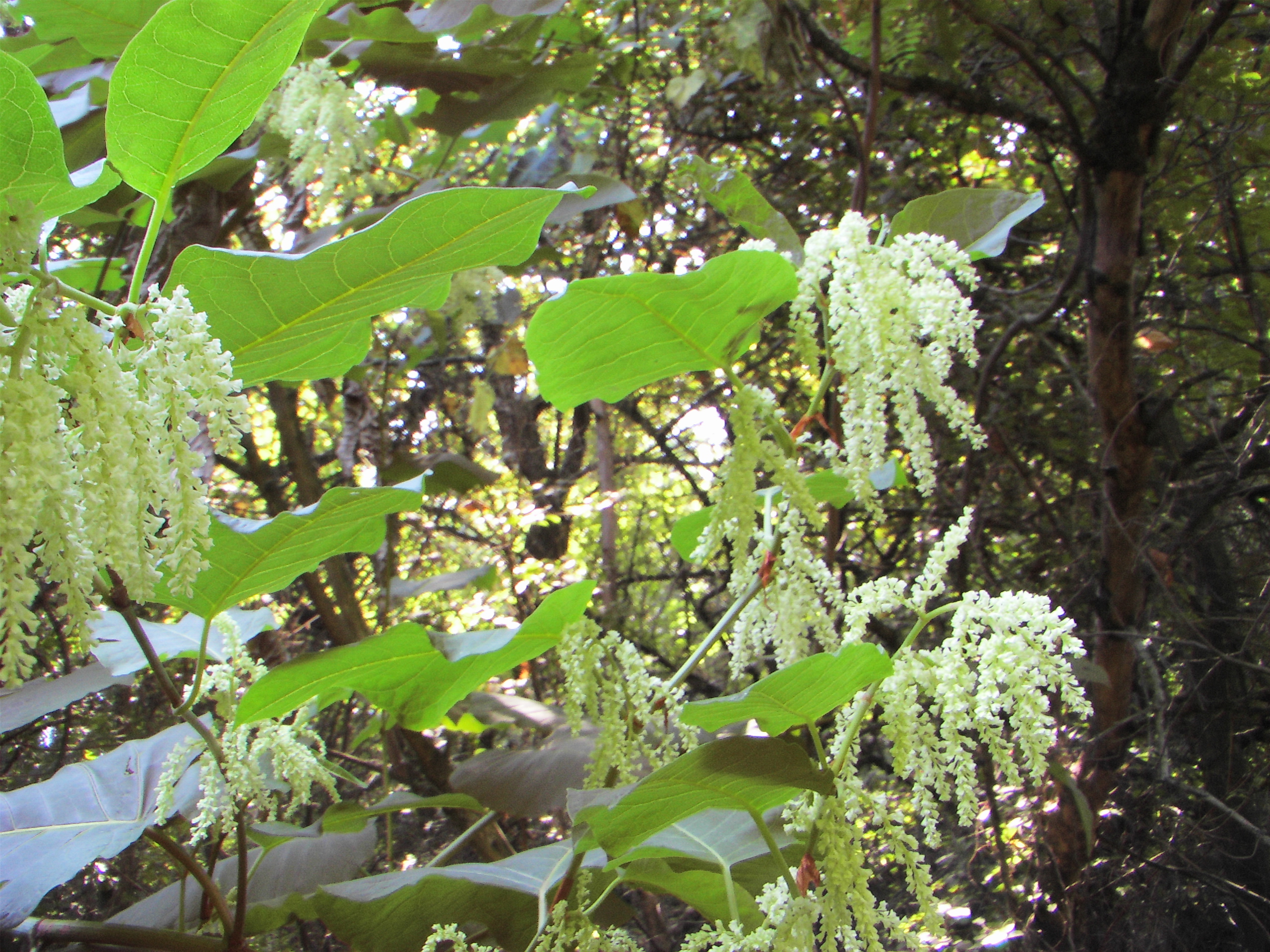
- Himalayan knotweed (Persicaria wallichii) is a smaller plant than giant Japanese knotweed, with thinner stems and smaller leaves. It can still grow up to 6 feet tall and spread rapidly by rhizomes.

- Dwarf Japanese knotweed (Reynoutria japonica var. 'Compacta') is a compact variety of Japanese knotweed that only grows up to 2 feet tall. However, it can still spread rapidly by rhizomes.
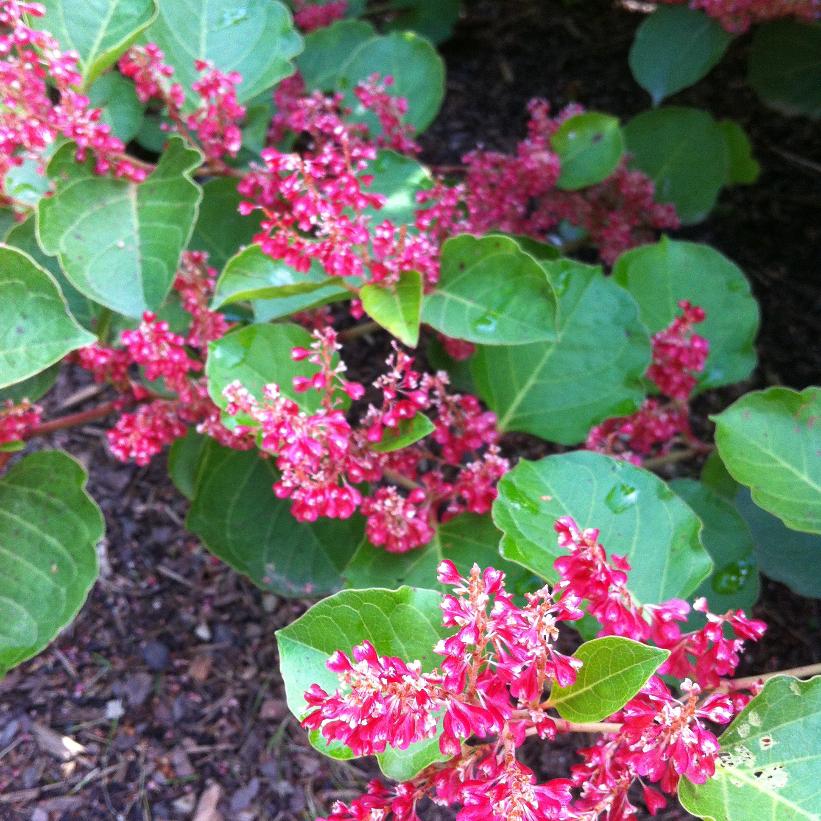
- Japanese knotweed leaves are heart-shaped and have serrated edges. They are typically green, but can sometimes be variegated with yellow or white.
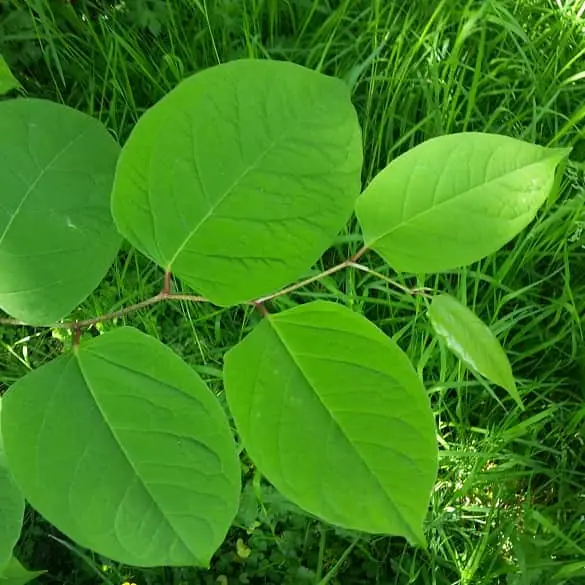
- Japanese knotweed flowers are small and white, and they bloom in clusters in the summer.
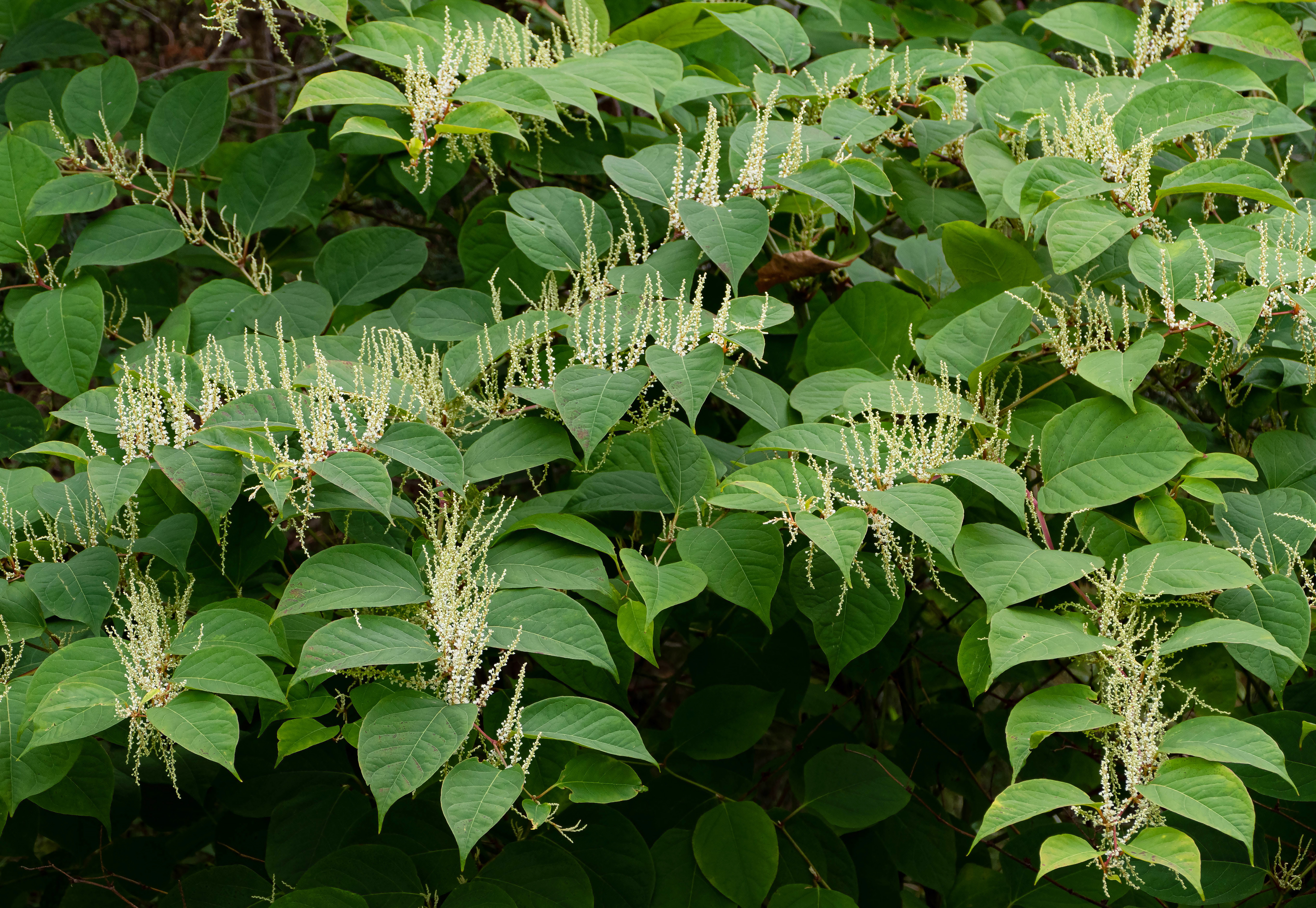
- Japanese knotweed rhizomes are thick, fleshy roots that grow underground. They can extend for many feet and produce new shoots.
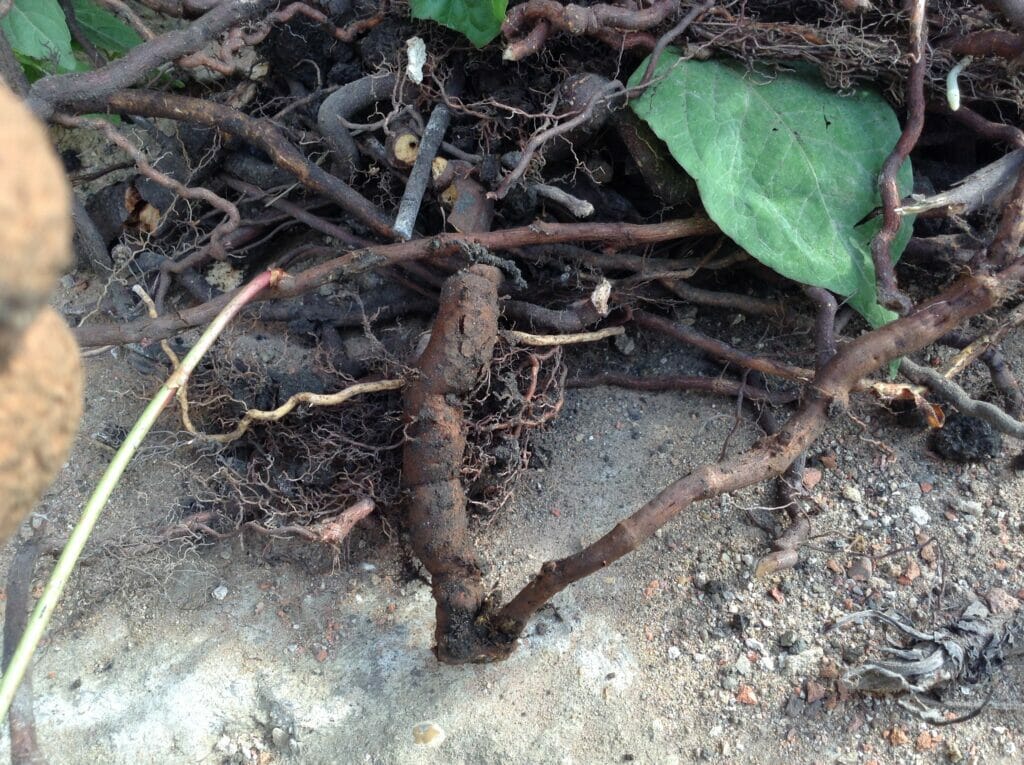
- Japanese knotweed growing in a garden
- Japanese knotweed growing in a riverbank
- Japanese knotweed growing in a forest
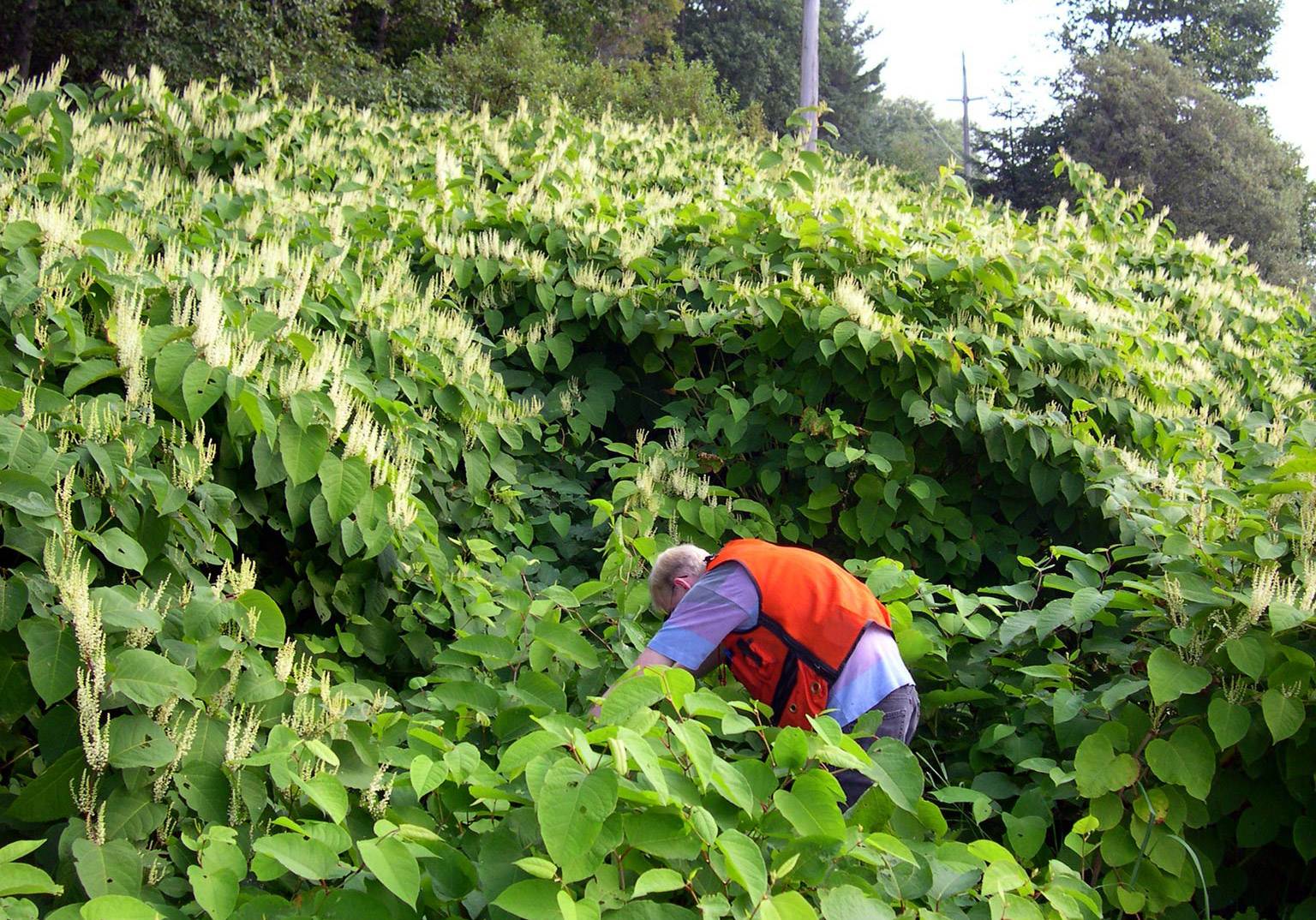
- Japanese knotweed growing on a roadside
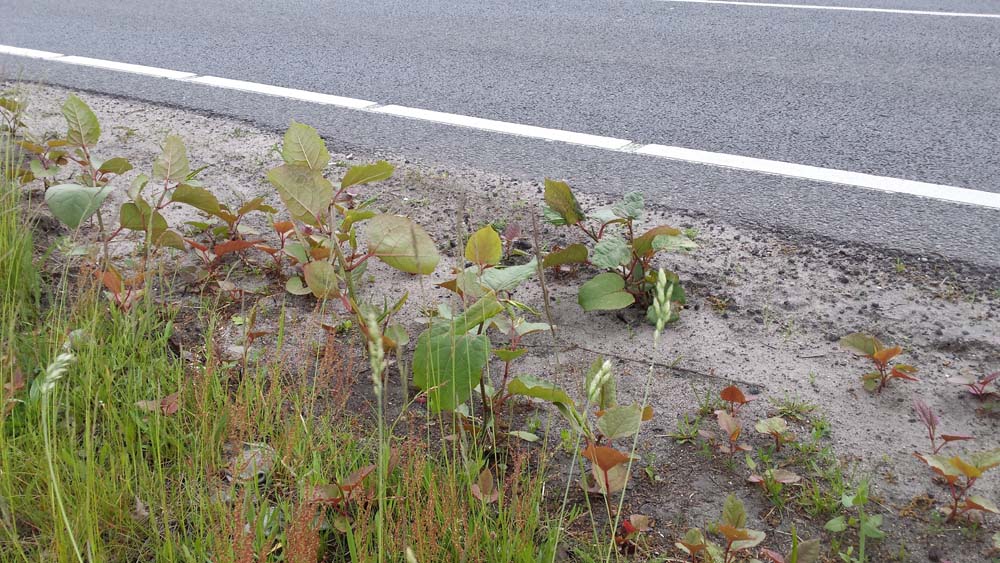
Post a Comment for "How To Eradicate Japanese Knotweed In Days"